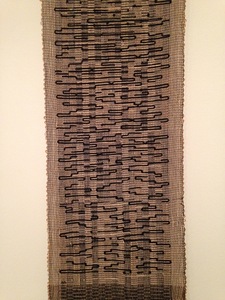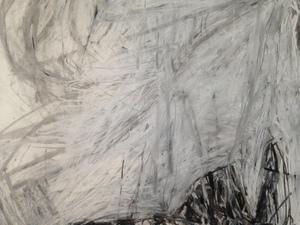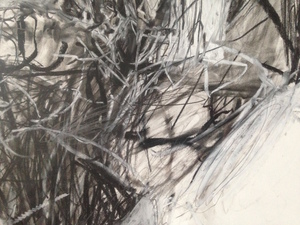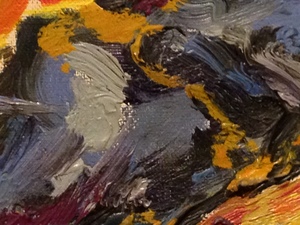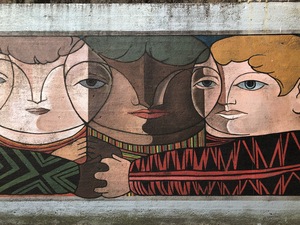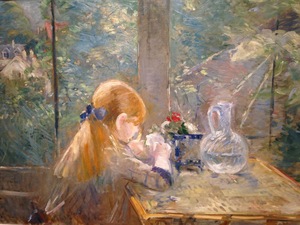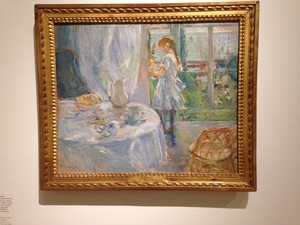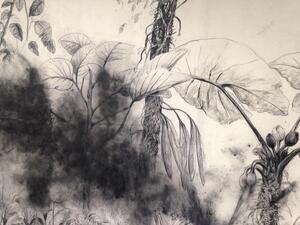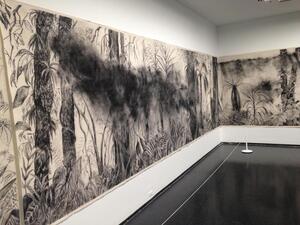Giacometti Difficult Hand-Writing
Tuesday, April 28, 2020
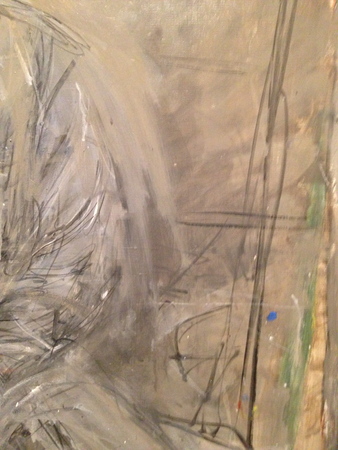
Alberto Giacometti, Portrait of David Sylvester, 1960. Harvard Art Museums. Photos Rachel Cohen.
Writing of Tara Geer’s work yesterday put me in mind of Giacometti, whose line in drawings and in paintings also has a quality of being written.
This is from the Geer of yesterday:
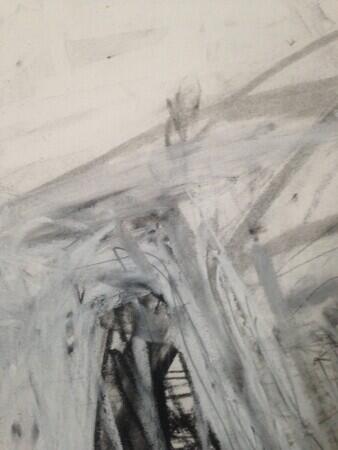
Giacometti's hand:

He, too, is calligraphic:

These details are from a Giacometti that I spent a fair amount of time with at the Harvard Art Museums, a portrait of the art critic David Sylvester.

I wrote an entry about the portrait for this notebook in 2014, about the way the figure seems to coalesce from the background. I said this felt deeply humane.

I still have my photo of the wall text for the picture, and, when I go back to look at it, the voice of the museum announces that this portrait, painted in 1960, is a recognition of peoples’ “unspeakable brutality,” and that the face is like a “death’s head or skull.” In the classes I teach on writing about art, we often debate the different styles of wall texts in museums, and I would probably class this one as intrusively over-written. But, anyway, it’s interesting that I didn't remember anything of that language or what must then have been my resistance to it. Nor, I find, had I really remembered the particulars of the painting.

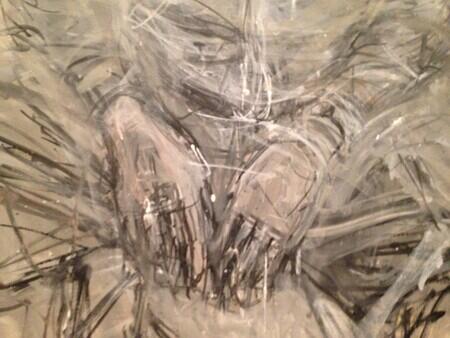
The impression I held in mind was of a lot of white gouache about the head, and of the head and its expression as gentle and something I could get close to. Looking at my photographs, I am surprised by how large the widespread legs are, by how much black is the structure of the hands and legs, by the recessed quality of the head, and, perhaps most of all, by the very beautiful luminous beige that is the atmosphere.
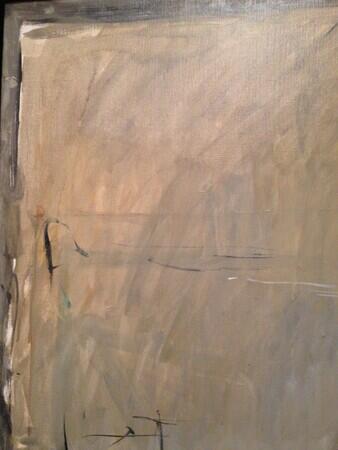
Despite having blurred all this, I can still get back the feeling of coming to rest before this painting, which is large, and rises well above my head so that I can square my shoulders and look up at it.

The feeling, which is a very specific relief to me, is that it has all been written. By a person who was here before and painted this.
